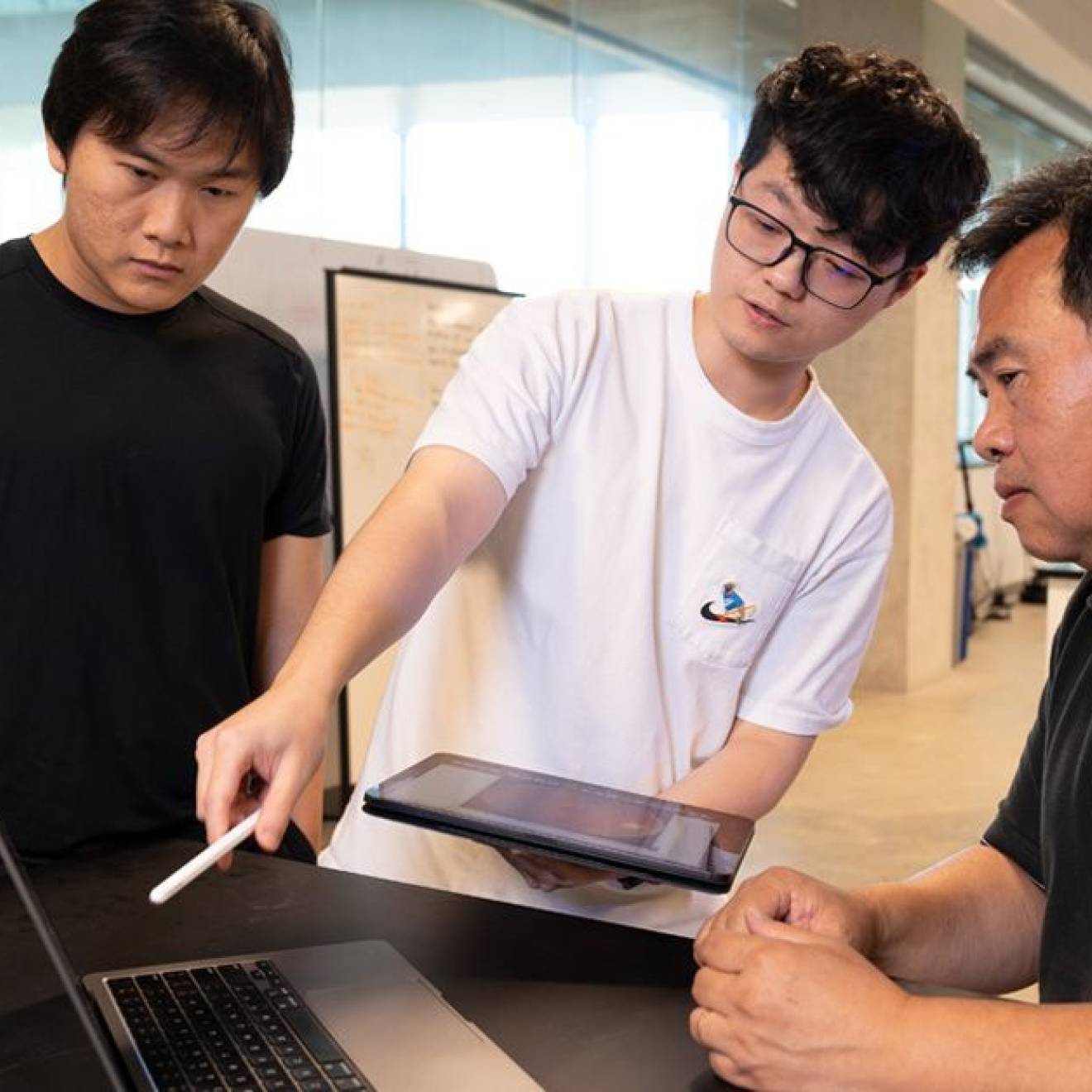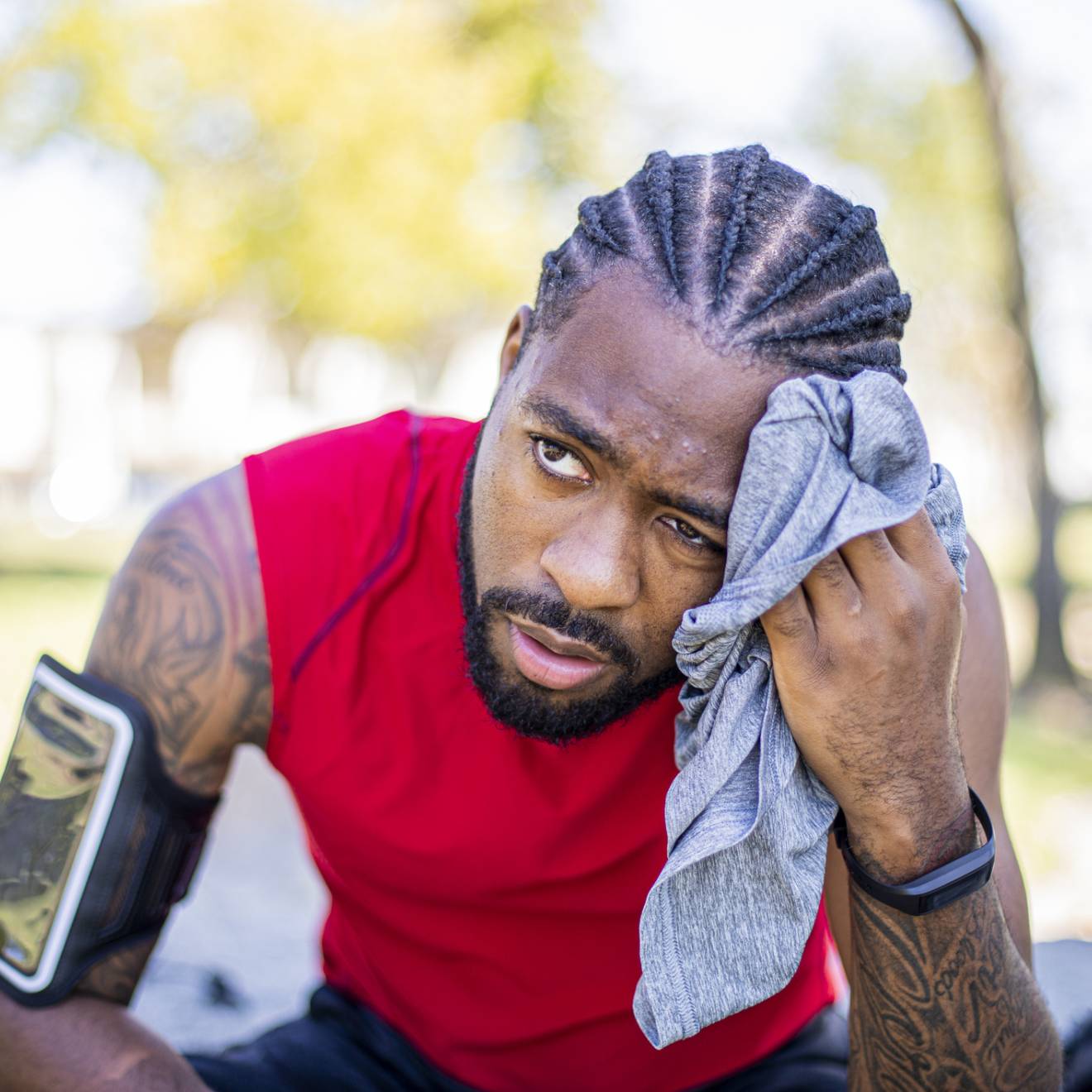Greg Hardesty, UC Irvine

Lately, Dr. Dan Cooper has been losing a lot of sleep.
What’s been keeping him up at night is perhaps the most critical component of restarting the national economy in the wake of the COVID-19 pandemic: the reopening of schools.
“The economy cannot restart if students are not in schools,” says Cooper, UCI professor of pediatrics and founding director of the campus’s Institute for Clinical and Translational Science.
“Schools have a huge impact on everything we do in this country. A high percentage of the workforce is very much tied to the fact that their kids are going to school every day and participating in after-school events.”

Credit: Steve Zylius/UCI
He’s working with a team of local educators, policymakers, scientists, epidemiologists, clinicians, students and parents to brainstorm ideas on precisely how, when and under what conditions K-12 schools should reopen.
Cooper’s endeavor – dubbed Pediatric Research Organized and Targeted to Eliminate the COVID-19 Threat – couldn’t be more timely.
On Tuesday, April 28, Gov. Gavin Newsom said that California schools could possibly resume instruction in late July or early August to allow students to catch up on time lost to the pandemic closures.
But how K-12 schools will look – and under what circumstances they should reopen – remains unclear. Cooper, already a national expert on how physical activity and exercise affects health and disease in youth, believes that ideas generated by PROTECT could become part of a national model for determining school attendance policy in the context of COVID-19.
In an opinion paper under review by a major journal, the PROTECT team provides an overview of the challenges that need to be addressed in order to safely restart schools.
“When this epidemic began,” Cooper says, “the schools were closed reflexively. And now we’re faced with reopening them. I was losing sleep about this because there are some really troubling things to think about.”
Many questions
The severity of COVID-19, the disease caused by the novel coronavirus, is much less among children than it is among adults.
Cooper, UCI Health’s associate vice chancellor for clinical and translational science, estimates that in the entire University of California medical system, no more than 25 to 30 children have been hospitalized with COVID-19.
“You think, ‘Wow, that’s great,’” he says, “but then you start thinking, ‘OK, what does that mean?’”
It could mean that kids are getting the virus but are asymptomatic. COVID-19, Cooper says, is acting differently than previous viral diseases in children, such as influenza. If kids are infected with COVID-19 but exhibit no symptoms, could they be carriers of the disease and pose a threat to adults?
If it turns out that only a very small percentage of COVID-19-infected children need to be hospitalized, that number could still be large – a scenario that could overwhelm pediatric intensive care units nationally, Cooper says, adding: “We might face that with the kids, but I hope not.”
If the vast majority of children truly are not being infected with COVID-19, he says, does that mean they have a different antibody response than do adults?
“That raises an ethical question: If kids are not being infected, should we run the risk of vaccine testing on them despite the risk of them getting COVID-19?” Cooper says. “In any vaccine test, there’s always the possibility of a bad outcome. We want to make sure that the benefits are greater than the risk and to fully address all the ethical issues before we proceed.”
These are questions about which there is very little data at this point, he says.
Working on answers
The PROTECT team has characterized the restarting of K-12 public schools as among the most far-reaching, frightening and profound challenges emanating from the COVID-19 pandemic.
The manifestation and epidemiology of COVID-19 in the pediatric population is enigmatic and poorly understood, Cooper says. And this is just one reality that needs to be addressed for the safe reopening of schools.
Other questions: What will classrooms look like? How do you get kids to practice safe social distancing? What about extracurricular activities? Surely these should continue, Cooper says – but in what form?
“We cannot simply abandon physical education and after-school activities,” he says. “Remember, we’re facing the huge health problems of obesity and physical inactivity in children, and this may be worse because children are staying at home and aren’t able to access school PE and after-school activities.
“And we should explore innovative approaches to school-based social distancing and hygiene in general. We need to test these approaches to determine if children spread COVID-19 to each other, their teachers or their families.”
Cooper also has reached out to Al Mijares, Orange County’s superintendent of schools, about possibly conducting contact tracing and launching serological studies in the school population.
“I said, ‘Dr. Mijares, we need to think about this, and would you welcome a partnership with us to help you think about how to reopen schools as safely as possible, because parents want to know that it’s safe,’” he relates. “We talked about things such as how to manage information that’s fundamentally uncertain. How do we partner with parents? He was really happy to have this conversation.”
As the PROTECT team starts getting more answers to its many questions, Cooper hopes to be sleeping better soon.
“What’s really been very good about this is the level to which people are collaborating – physicians, scientists, educators and others,” he says. “We need to respond with a collaborative agenda of research, innovation and implementation. We have to establish clear ways of accessing and reviewing the data and using it to adapt and improve health and safety in our schools.
“If we fail to take this approach, we could worsen the enormous damage already incurred across our country and the world because of SAR-CoV-2.”

